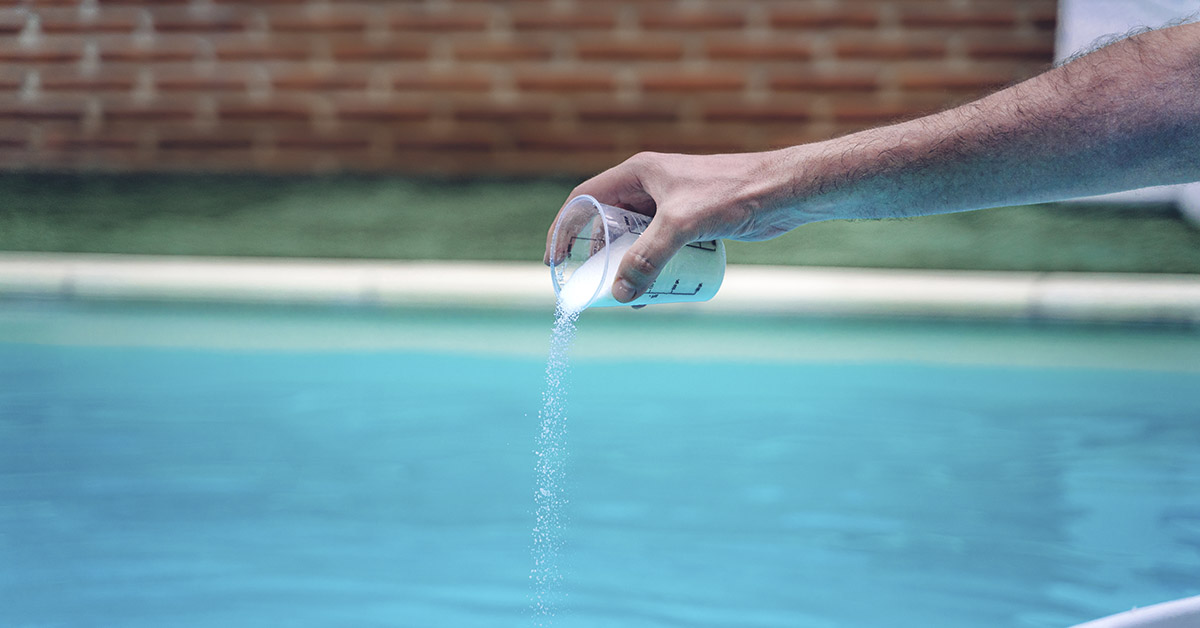Chlorine is a chemical disinfectant widely used in swimming pools and municipal water supplies to kill germs and keep water safe for public use. While its effectiveness in preventing waterborne diseases is well-known, chlorine still comes with some risks. For frequent swimmers or those sensitive to chemicals, exposure to chlorinated water can lead to a range of unwanted side effects, including skin rashes, dry skin, and eye irritation. In higher concentrations, chlorine can even trigger allergy-like symptoms.
Despite these risks, chlorine still remains widely used in pool maintenance because of its proven ability to eliminate harmful bacteria and viruses. The Centers for Disease Control and Prevention (CDC) recommends maintaining a free chlorine level of at least 1 part per million (ppm) in swimming pools and 3 ppm in hot tubs to ensure water safety. Most local health departments require that combined chlorine levels, which represent chlorine that has already reacted with contaminants, remain at or below 0.4 ppm.
The Chemistry and Safety of Disinfection
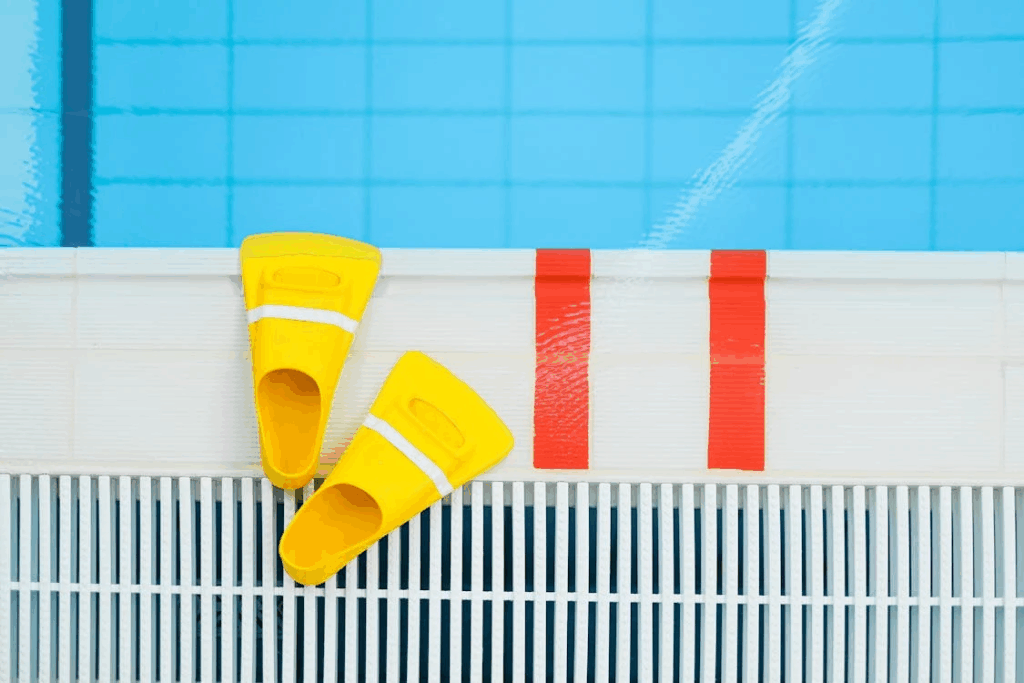
When chlorine is added to water, it doesn’t remain as chlorine gas (Cl₂), which is highly toxic in its original form. Instead, it reacts with water to form hypochlorous acid (HOCl) and hypochlorite ions (OCl⁻), both of which are powerful disinfectants. These compounds are responsible for killing bacteria, viruses, and other pathogens that can thrive in warm, wet environments like pools and hot tubs.
Over-chlorinated pools can lead to an increase in volatile and dangerous chemical byproducts. Chemicals such as chloramines and trihalomethanes, which can be absorbed through the skin, inhaled, or swallowed. They are responsible for the “chlorine smell.” Chloramines and trihalomethanes can also cause respiratory issues and skin/eye irritation. Finally, exposure may even increase long-term health risks like asthma or certain cancers.
While the CDC recommends maintaining 1–5 ppm chlorine concentrations for safety, frequent or prolonged exposure can lead to unintended health consequences. From respiratory distress to hair damage, here are six long-term effects of chlorine exposure.
1. Respiratory Issues
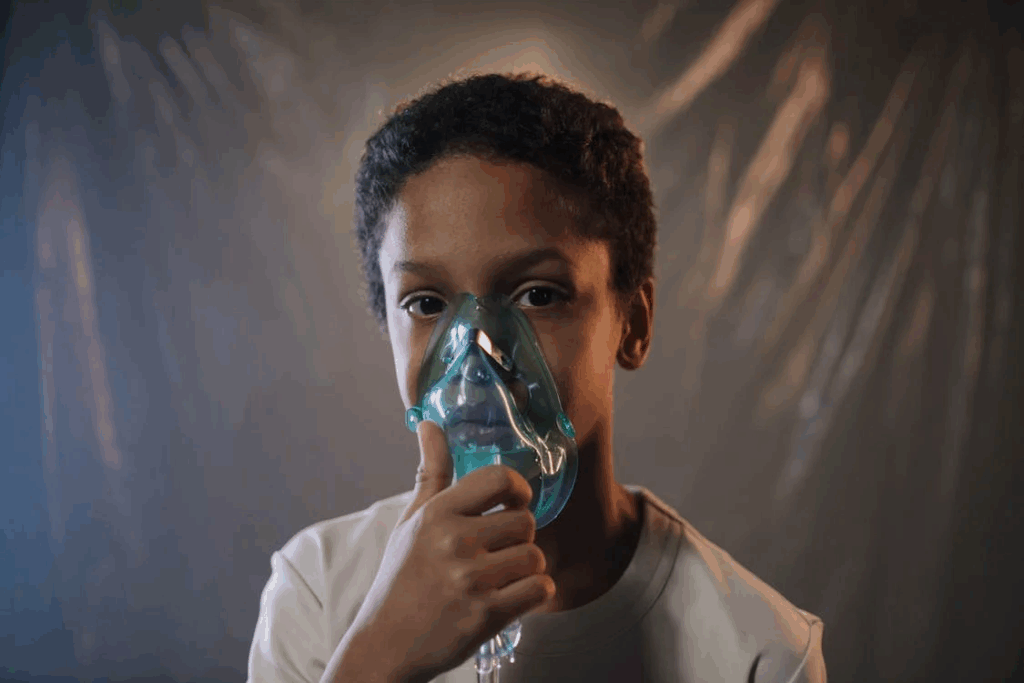
Chloramines is a toxic gas formed when chlorine reacts with sweat, urine, or skin cells. They are the main cause of respiratory problems relating to chlorine. Indoor pools, with poor ventilation, allow chloramines to accumulate, irritating airways and triggering symptoms like coughing, wheezing, and asthma attacks. The CDC notes that the strong “chlorine smell” in pools actually signals high chloramine levels, not of chlorine itself.
Long-term exposure can even lead to reactive airways dysfunction syndrome (RADS), a type of asthma triggered by irritants. When going for a swim, opt for outdoor pools where chloramines dissipate faster. If you’re using indoor pools, ensure proper ventilation and limit exposure time, especially if you detect that “chlorine smell”.
Read More: What Is Chlorine Washed Chicken and is it Safe to Eat?
2. Eye Irritation

Chlorine strips the protective tear film from eyes, leading to redness, dryness, and blurred vision. A 2020 study found that swimmers exposed to chlorine for over 15 minutes faced a 2.8 times higher risk of eye irritation, while chlorine levels above 0.4 ppm increased the odds by 4.6 times.
Chloramines exacerbate this by causing chemical burns on the cornea. Wear swim goggles and rinse eyes with fresh, clean water after swimming in a public or chlorinated pool. Eye Drops might also help rebalance pH levels in the eyes and alleviate dryness. The American Academy of Ophthalmology advises against wearing contact lenses in pools to reduce infection risk.
3. Dry Skin and Rash
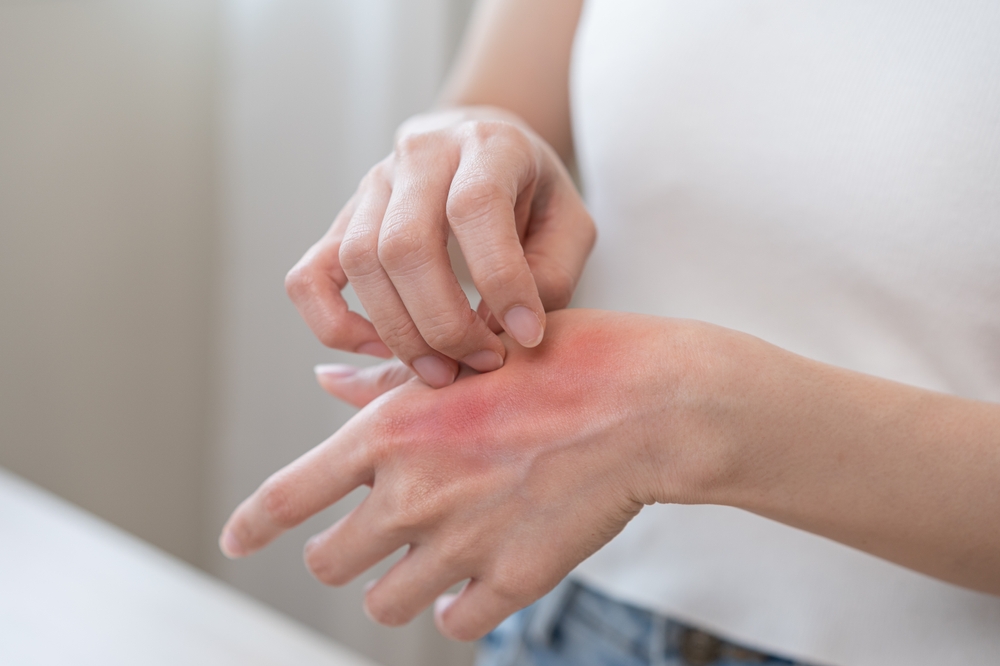
Chlorine disrupts the skin’s lipid barrier, stripping natural oils and causing dryness, eczema flare-ups, or “pool water dermatitis”. Pool chemicals, including chlorine, can cause an itchy rash. Swim gear like caps and goggles may also irritate the skin through friction. A 2016 study revealed that even 0.5 ppm chlorine reduced the skin’s water-holding capacity in people with atopic dermatitis, worsening inflammation.
Frequent swimmers are also prone to irritant contact dermatitis, identified by itchy, red patches. Apply a pre-swim moisturizer and rinse immediately after swimming. The American Academy of Dermatology recommends using gentle cleansers and thick creams to restore the skin barrier.
Read More: What To Know About The Potentially Toxic ‘Mystery Chemical’ in Certain U.S. Drinking Waters
4. Lightened and Dry Hair

Chlorine binds to hair proteins like keratin, weakening strands and causing breakage. It also oxidizes copper in pool water, which actually causes blonde hair to go green. A 2025 study highlighted that chlorine dissolves protective sebum, leaving hair brittle and prone to split ends. To prevent this next time, you enter the pool, saturate your hair with clean water before swimming, and use a swim cap. After your swim, wash your hair with a copper-removing shampoo and deep-condition.
5. Worsened Skin Conditions
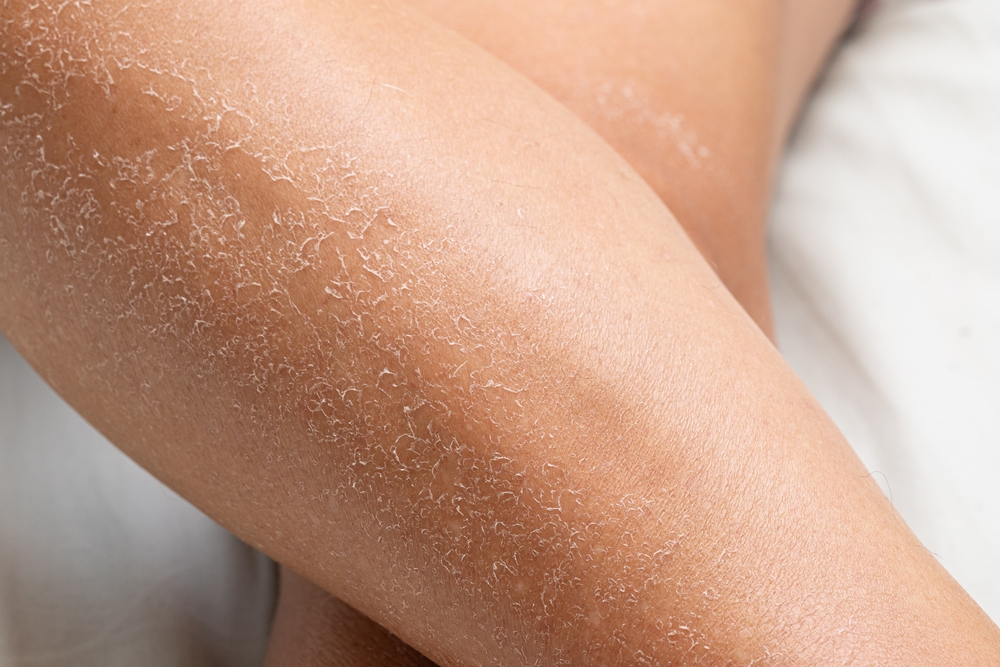
While chlorine’s antibacterial properties may temporarily improve acne, its drying effects often cause adverse effects. For those with eczema or psoriasis, chlorine exposure can trigger flares by further dehydrating sensitive skin. However, some find relief in chlorinated pools, as bleach baths are a known eczema therapy. Rinse before swimming to minimize chlorine absorption and moisturize immediately after. Those with severe flares should opt for saltwater pools or limit pool time.
6. Sunscreen Toxicity
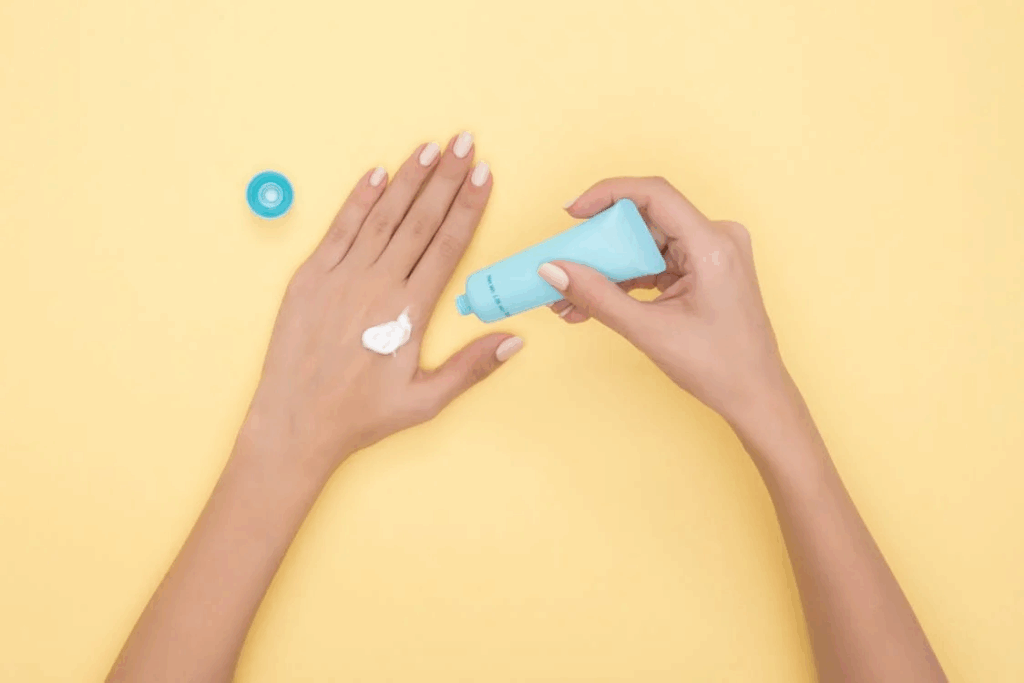
New research has emerged that demonstrates chlorine reacting with chemical sunscreen ingredients like avobenzone, creating harmful byproducts. A 2025 study found that avobenzone breaks down into chlorinated phenols and acetylbenzene compounds linked to liver damage and hormone disruption. Mineral sunscreens with zinc oxide or titanium dioxide remain stable in chlorinated water. Choose mineral-based sunscreens and reapply after swimming. Avoid products with oxybenzone or avobenzone if swimming in chlorinated pools.
Balancing Safety and Health

While chlorine still widely remains in use for pool safety, balanced use and preventative measures are imperative. Regularly testing water chemistry, showering before and after swimming, and paying close attention to bodily reactions are all strategies to mitigate any potential danger. Individuals with pre-existing health concerns should consult a healthcare professional to develop personalized strategies for safe and enjoyable swimming that protects long-term wellness.
Disclaimer: This information is not intended to be a substitute for professional medical advice, diagnosis or treatment and is for information only. Always seek the advice of your physician or another qualified health provider with any questions about your medical condition and/or current medication. Do not disregard professional medical advice or delay seeking advice or treatment because of something you have read here.
Read More: Apparently There’s 1-3oz of Urine Per Person, in the Pool
